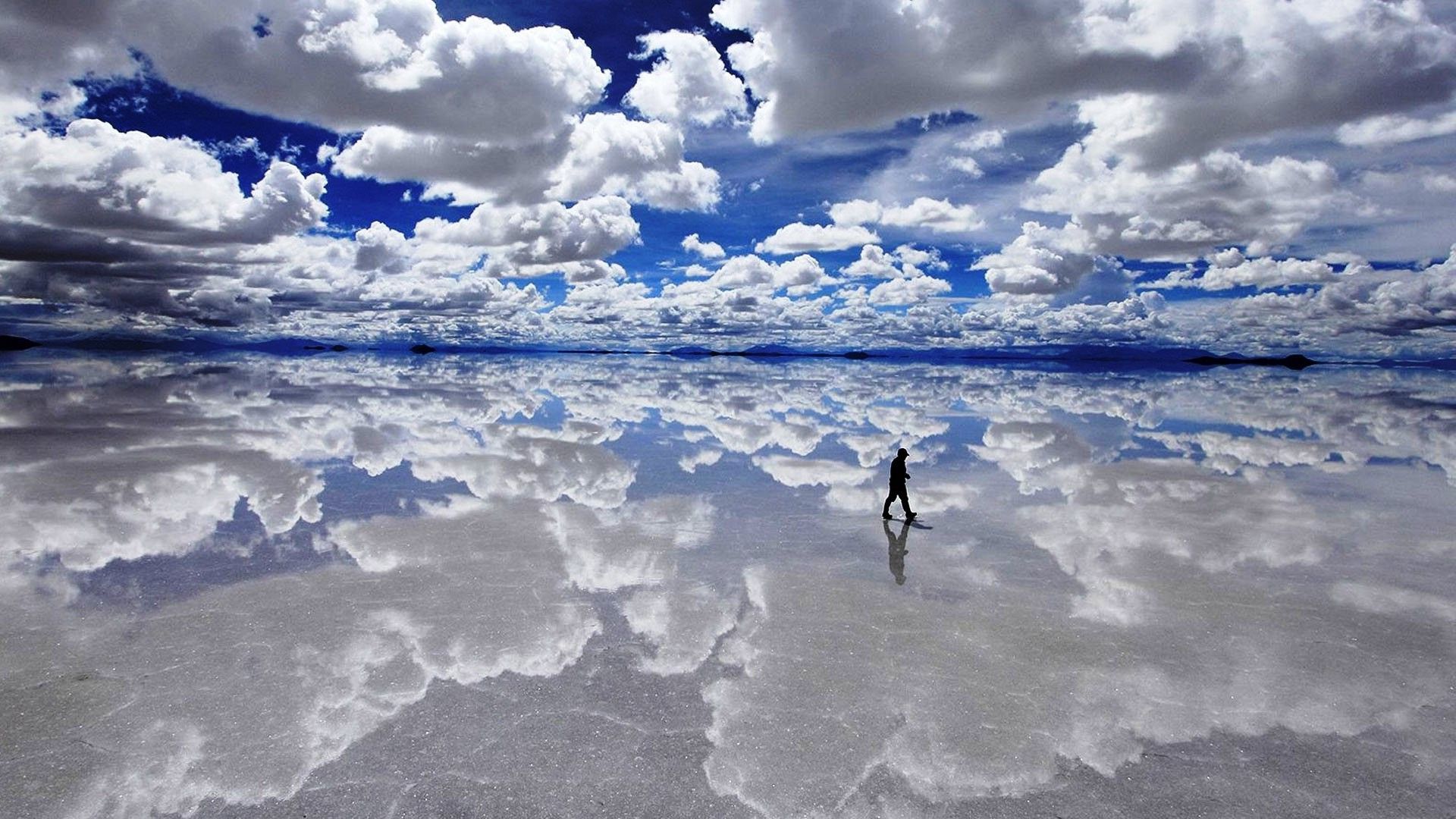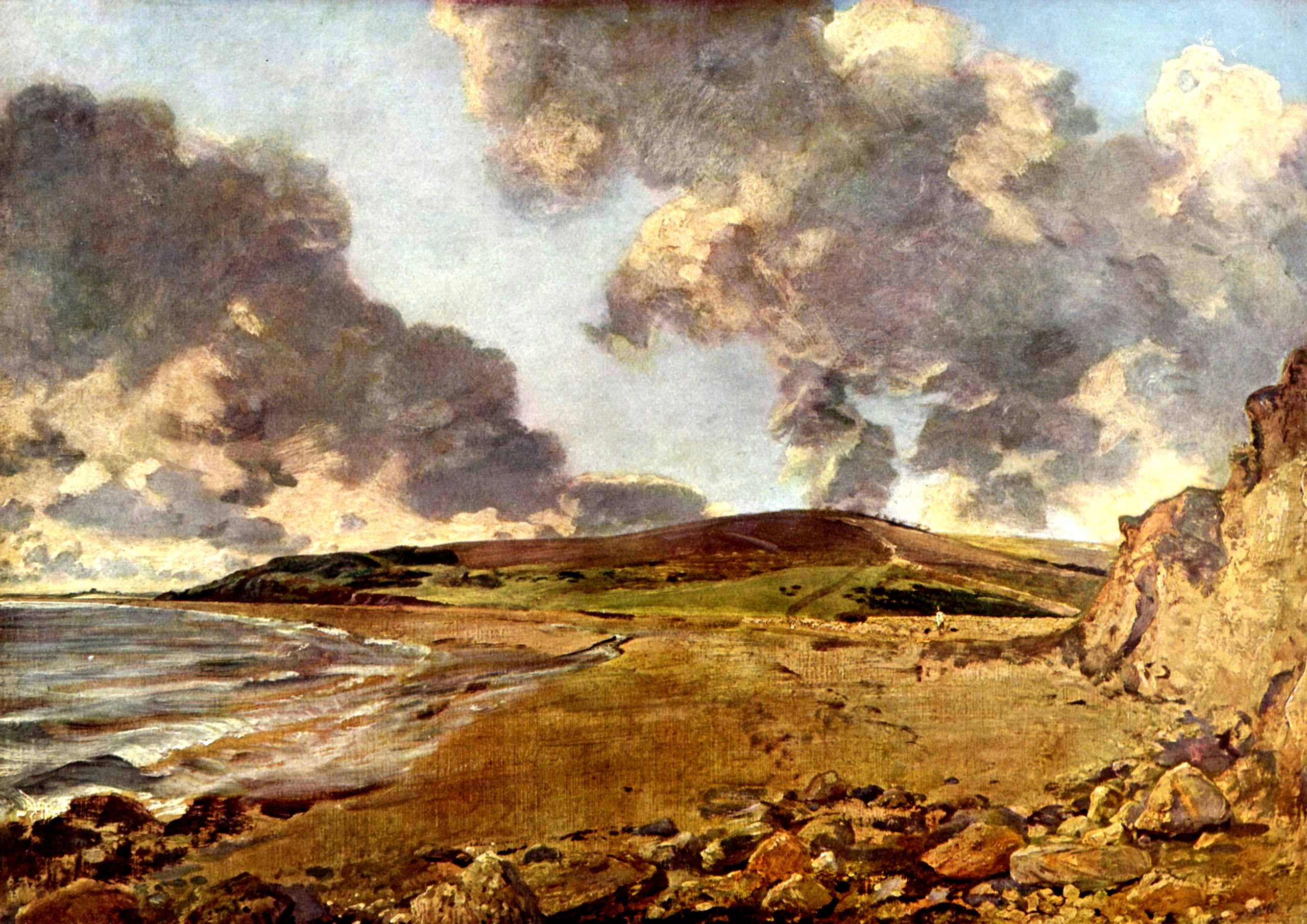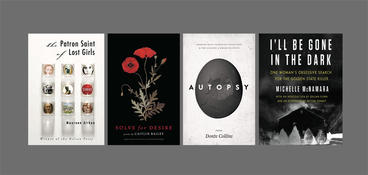A Q&A with cloudspotter Gavin Pretor-Pinney.
Gavin will host a lecture and book signing at the Weisman Art Museum today, February 17th, 2016. Register here: z.umn.edu/pinney
What is your favorite artwork or pop culture representation of clouds?
Any of the series of Cloud Studies by the English landscape painter [John] Constable. He was painting in the first half of the nineteen century and, although I’m not a big fan of his landscapes generally, his cloud studies are beautiful. For two years, from 1820-1822 he dispensed with the ground and focused his attention solely on the sky. The small canvasses he painted were not intended to be exhibited, they were his efforts to master the challenge of depicting clouds and the sky, which he claimed is "the chief organ of sentiment” in a landscape painting. Unlike his finished landscapes, the small studies are loose and free and look like someone trying to understand how clouds work. “We only see something truly,” he wrote, “when we understand it.”

We know that a great part of cloudspotting is that you can do it anywhere, but where do you most like to watch the sky?
I always say that the best place to go cloudspotting is from your back yard, because it is all about having a frame of mind. You need to be aware of what is going on above – which is harder than it sounds, given how many distractions there are down here on the ground. I live in Somerset, which is in the south west of England. We get good skies there – especially in the spots where you can look out from raised ground over the flat part of the county, known as The Levels. One place I would like to see the sky is in the Salar de Uyuni, in Bolivia, which is the largest area of salt flats in the world. During the wet season, the salt flats can become covered in a layer of water just one inch deep. This acts as a perfect mirror on the sky, and so as you walk over it you appear to be suspended in an endless world of clouds.

What does it mean to be a member of the Cloud Appreciation Society? What would students get out of a membership other than a newfound mindfulness and a lovely little pin?
You also get a membership certificate with your name on it, saying that you will “henceforth seek to persuade all of the wonder and beauty of clouds.” You receive our Somewhat Occasional Cloud Newsletter, which keeps you up to date on all the breaking news in the world of clouds. But mostly it is a community of sky-aware individuals all around the world. They send in amazing photographs of unusual formations to learn what types of cloud they are and have them displayed on our website gallery. They can use our iPhone app ‘CloudSpotter’ to learn how to identify and understand the many different formations and they can get our ‘Cloud Selector’ cloud identification device, which is one of those information wheels that used to be apps of the 1950s and 60s. You turn the dials to reveal different photographs and info through the window. It’s old-school, and doesn’t run out of battery or need WiFi.
Will you write us a cloud haiku?
Clouds give time to pause,
Like thoughts, emotions, they pass.
We share the same sky.




